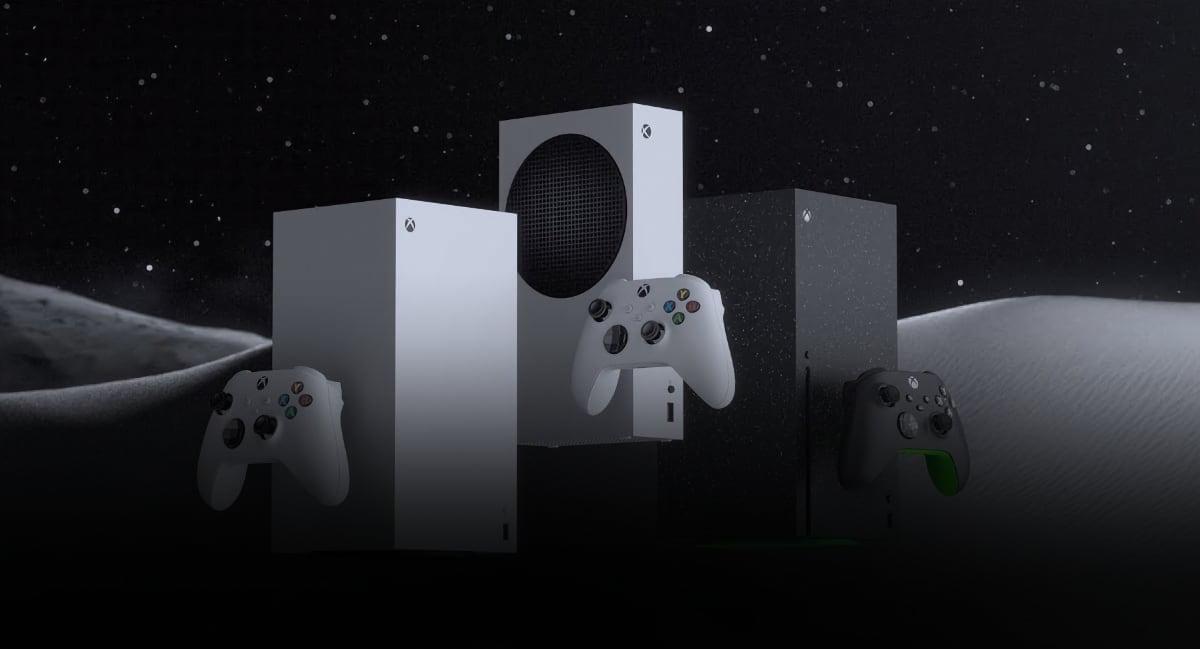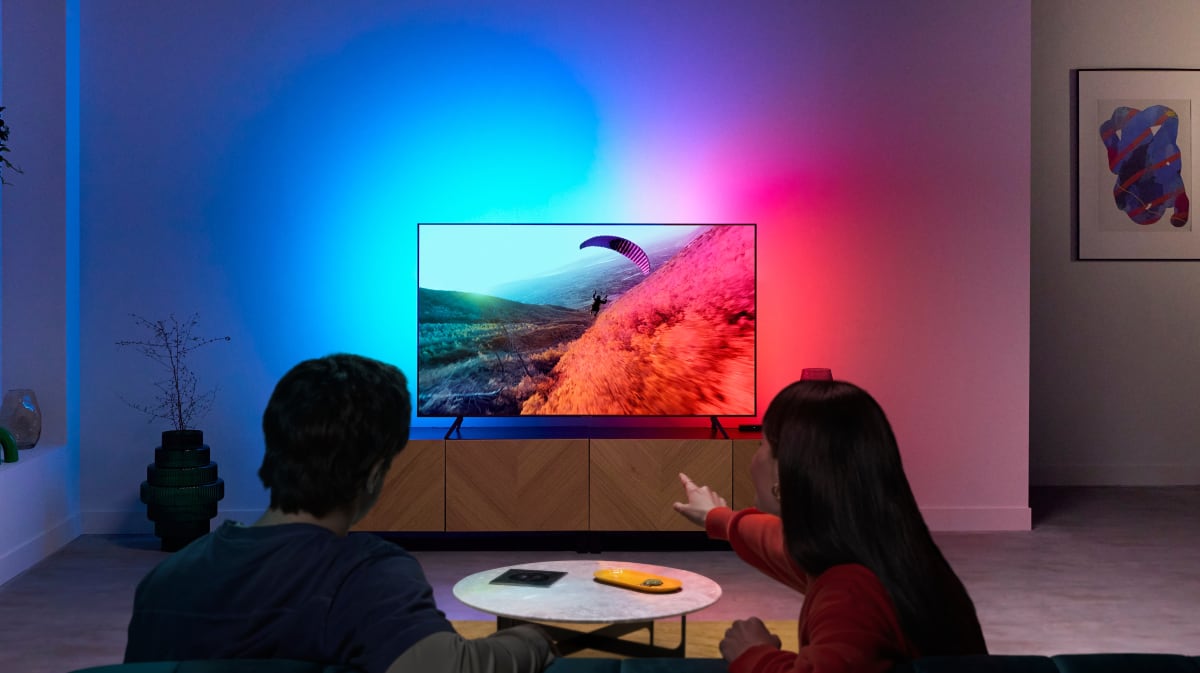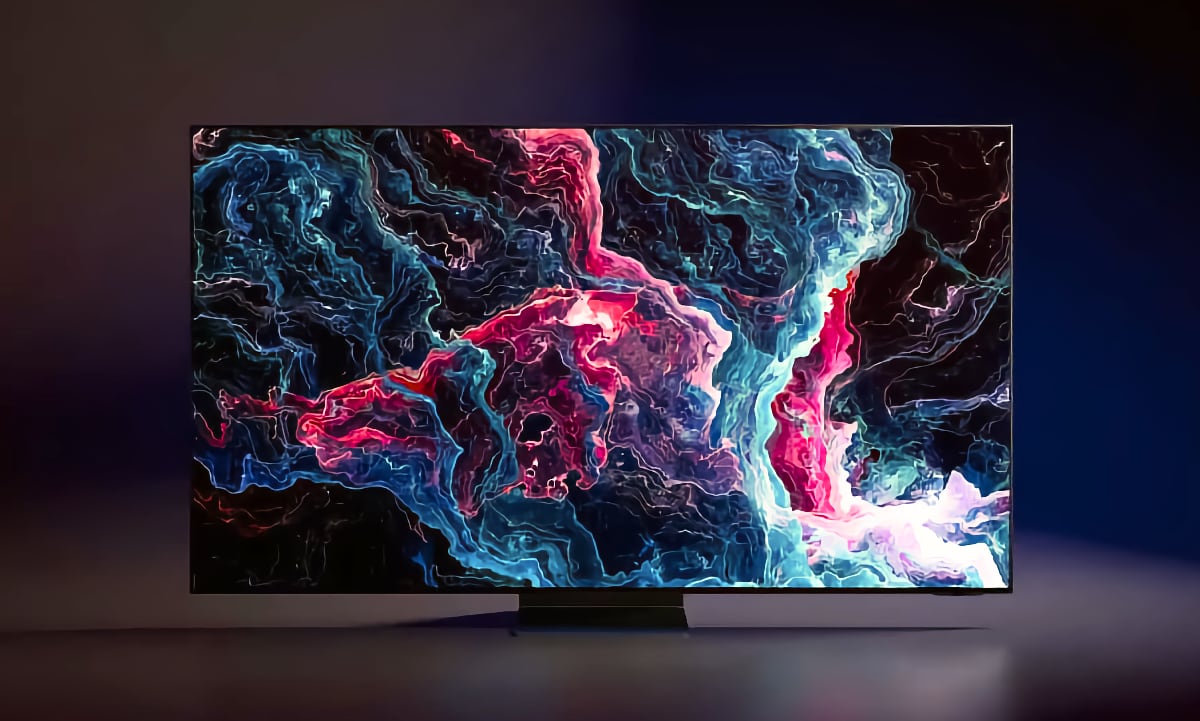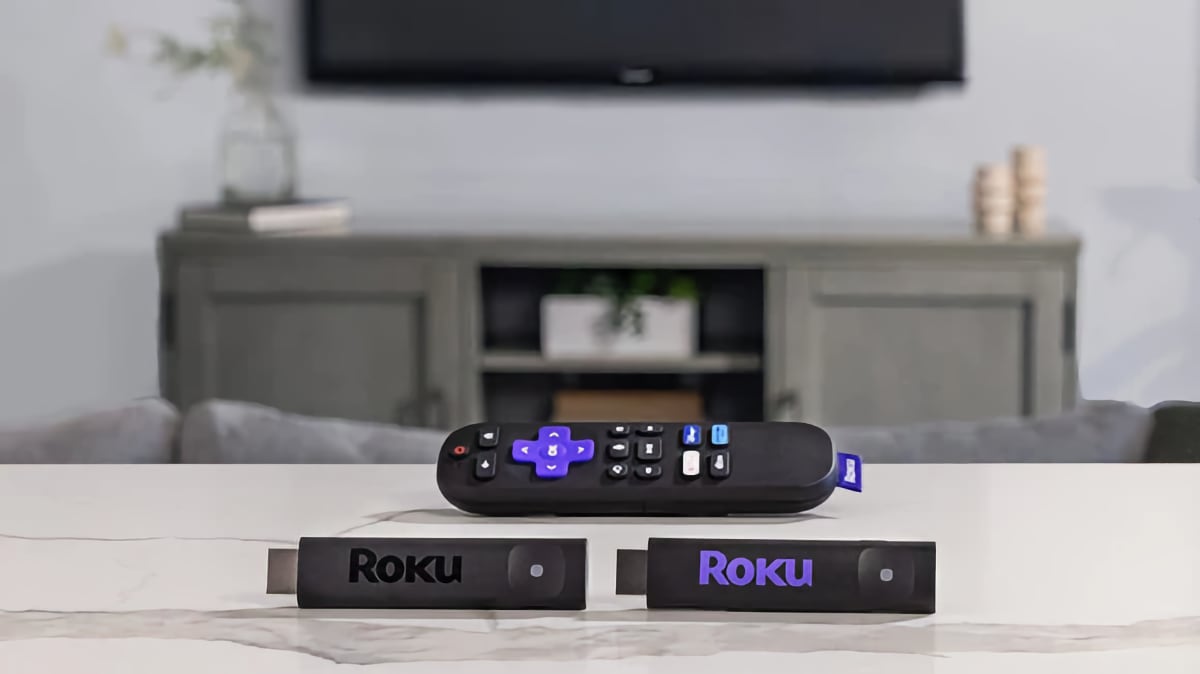Guide: How to turn off motion smoothing to avoid the "soap opera" effect
Do movies on your TV look as if they had been filmed with a handheld camera? If so, it is caused by your TV’s motion smoothing system. Many people refer to it as the “soap opera” effect. Here is how to turn off motion smoothing.Turn off your TV’s motion smoothing
TVs are designed to impress and sell in stores but your living room rarely has fluorescent lamps in the ceiling and you rarely have five other TVs standing next to it. After purchase, it can feel like a daunting task to tweak picture settings so let us offer a little guidance relating to motion.
The technology that modern TVs take advantage of to make video look buttery smooth goes by several names but many people prefer to call it “motion smoothing”. This system analyzes the video stream and calculates/inserts artificial frames to make video motion appear smoother. The side effect is that all 24fps movies and TV series tend to get an artificial look as if they had been filmed with a handheld camera. This is often referred to as the “soap opera” effect because soap operas are filmed at a higher frame rate than 24fps. In technical terms, the technology is called video interpolation or motion interpolation.
Also read: Hollywood directors want TV manufacturers to turn off "motion smoothing"
The motion smoothing system is on by default in TVs from almost all manufacturers; even TVs from manufacturers who claim to respect the filmmaker’s intent. Each manufacturer uses a different moniker and it also depends on your TV model and generation.
Depending on your TV brand, here is what to look for:
You typically find these settings in the advanced picture settings menu. Click the menu / settings button on your TV remote control and navigate to the picture menu, then advanced settings.
Also read: Stop motion interpolation - it ruins movies
Note that some motion interpolation systems consist of two components that can often be set individually. One is typically motion interpolation for 24fps content (movies and many TV series) that we recommend turning off. The other option often tries to reduce motion blur for 50/60Hz content, which some people may prefer for sports.
Why are TV manufacturers doing it? That is a long discussion with many facets that we cannot cover in full here but think of it as a culture clash. Most TV manufacturers see it as their role to “enhance” content rather than waiting for the content creators to embrace the higher-quality tools made available by new technology.
If you want more suggestions on how to set-up the picture settings on your TV then check out our calibration settings here.







